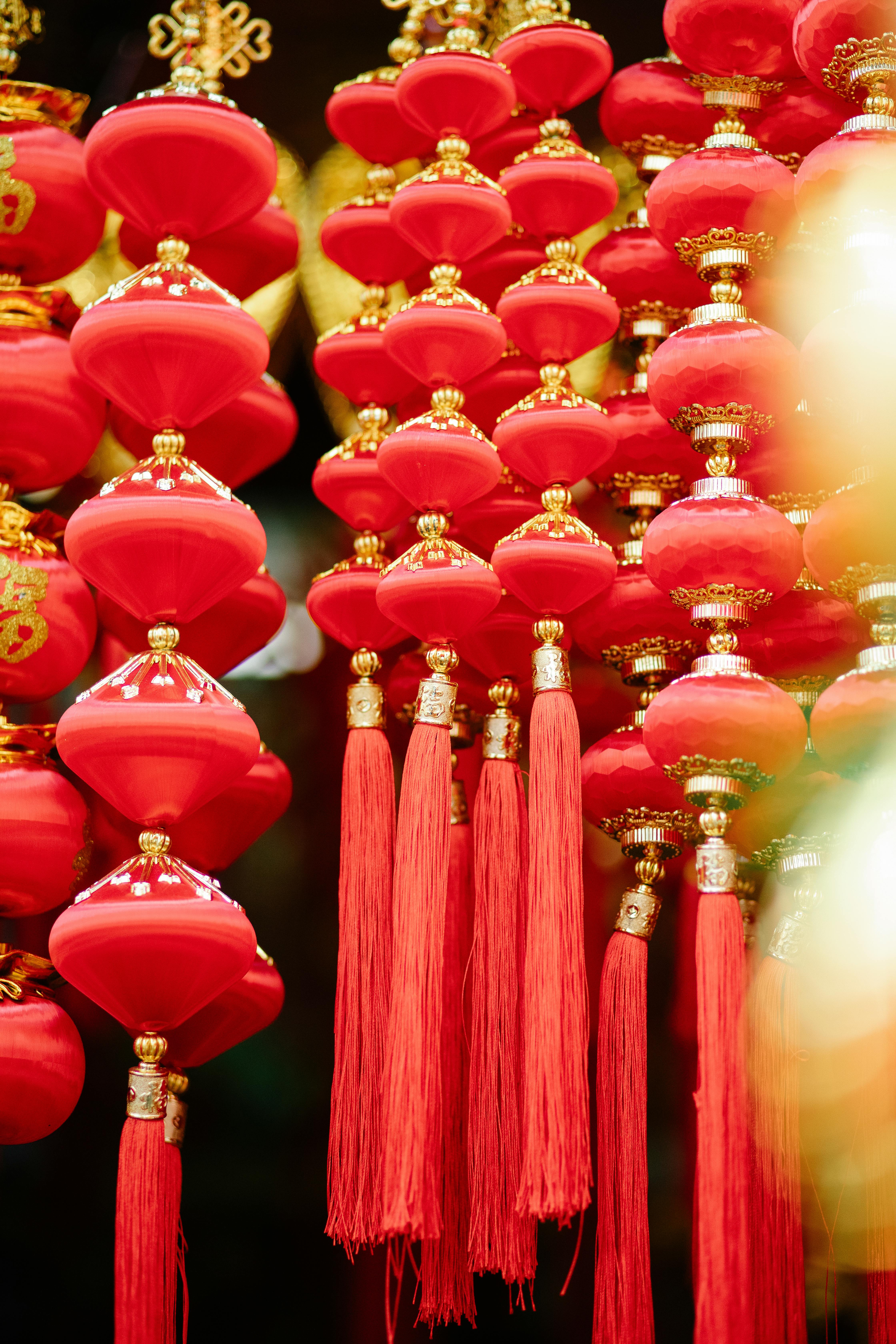Children’s marriages are planned by their parents according to Northern Eastern customs. They select a suitable boy or girl based on each person’s family history, economical situation, and social standing. This is known as “adat” in Kazakhstan. The matchmaker ( “gyumzhan https://www.psychologytoday.com/us/basics/relationships“) looks for a girl with good qualities who belongs to the same tribe, family, and clan. If a child is discovered, the marriage is commemorated with’ Yui- no’ ceremonies, which are similar to those used in conventional Africa. Gifts like the Obi ( a sash ) that symbolizes female virtue and the Hakama skirt made of white Sendai silk that represents loyalty are exchanged.
The union ceremony itself is known as nikah. It is a theological ceremony that entails the bride and groom agreeing to get married after hearing the mullah’s worship and asking them to do so. In order to prepare for existence collectively, the bride and groom typically live apart until the wedding. To aid her get to know her fresh spouse, she receives advice from her female family and sings traditional wedding tunes.
Both households prepare a substantial dinner before the ceremony morning. Additionally, the wedding gives gifts to the woman’s family. In some places, the man gives the women a marriage as well. Depending on the community, this may involve a sizeable sum of money kazakh brides and additional assets.

The bride is led or carried to the home of her in-laws on the ceremony day. She is led to a curtain (koshogo, which is customarily hung in the center of the room ) and spends several times hiding behind it as her in-laws greet her and present her with gifts similar to more white headbands that stand for beauty.
